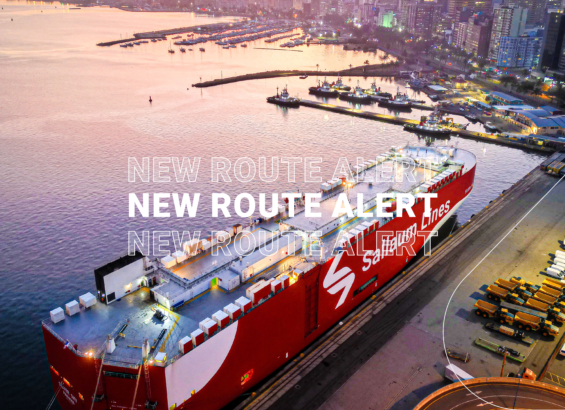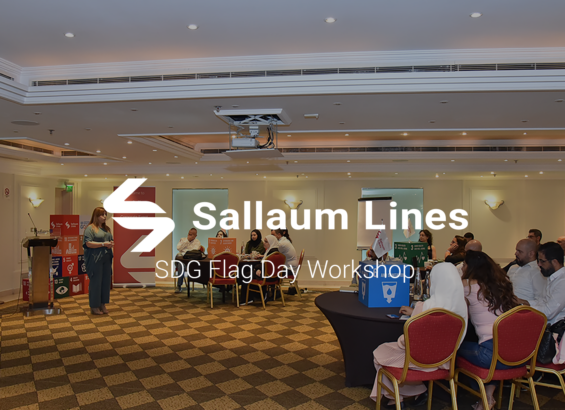News
Shifting Trends: Vehicles Shipped in Containers to Antwerp Amidst RORO Space Shortage
Introduction
In the ever-evolving world of shipping, the automotive industry is facing new challenges. Chinese-based original car manufacturers (OEMs) have encountered difficulties finding sufficient Roll-on Roll-off (RORO) activities and handling terminals in Europe. As a result, they have turned to an alternative solution by shipping their vehicles in containers. This shift in strategy has led to a trial shipment of electric Smart cars from China to Antwerp, showcasing a new activity offered by Sallaum Terminal in response to the space constraints in RORO services.
Meeting the demand
To facilitate the container shipments of vehicles, a prominent worldwide forwarder, DB Schenker, collaborated with Chinese OEMs and organized the transportation of containers filled with 2 or 3 new EV Smart in Brabus models each to Antwerp. Upon arrival at the terminal, Sallaum was appointed to handle the containers. They performed custom procedures, unstuffing the vehicles from the containers and storing them until further transportation was arranged.
Supporting OEMs
The container handling activity has become instrumental in assisting OEMs in delivering their units to the final dealers, even in situations where RORO vessel availability is limited. Sallaum Lines, in coordination with the OEMs and DB Schenker, has ensured that the vehicles reach their designated terminal for pre-delivery inspection (PDI) activities. However, the terminal also extended its support to the OEMs by offering to arrange a complete PDI at their facility, eliminating the need for additional transportation to another terminal before reaching the final dealers. This streamlined process not only saves time but also reduces extra costs associated with intermediate transport.

The Rise of Container Carriers
The surge in container shipments of vehicles can be attributed to the growing demand from Chinese OEMs. As China became the world’s largest exporter of cars, container carriers saw an opportunity to fill the void left by the limited availability of RORO services. While RORO capacity increased by only 4% in the first half of 2023, container carriers handled approximately 1 million car exports, accounting for almost a quarter of China’s total light vehicle exports for the year. This shift in preference has led to a depreciation of asset values in the vehicle carrier market, indicating that container carriers have gained prominence.
Future Outlook
The current freight rates and values in the vehicle carrier market remain favorable. However, if the trend of shipping vehicles in containers from China continues, the container sector may experience oversupply, leading to lower freight rates. Liner experts suggest that this scenario is plausible, potentially affecting the demand for vehicle carriers. Operators may need to adjust their trading rates to remain competitive, especially with the prospect of easing demand and a significant order book of vehicle carriers. It raises questions about the timeline predicted by industry players and highlights the need for a closer examination of China’s role as a significant trade growth and car market.
Conclusion
The shortage of RORO space for vehicle shipments from China has compelled OEMs to explore alternative shipping methods. Container shipments have emerged as a viable solution, with terminals in Antwerp, like Sallaum, offering specialized container handling services. This new activity not only assists OEMs in delivering vehicles to their final dealers but also presents cost-saving opportunities through streamlined processes. As the container carrier market gains traction, the dynamics of the automotive shipping industry are experiencing a notable shift. The future of the vehicle carrier market will heavily depend on how the demand for container shipments evolves and how operators adapt to this changing landscape.



